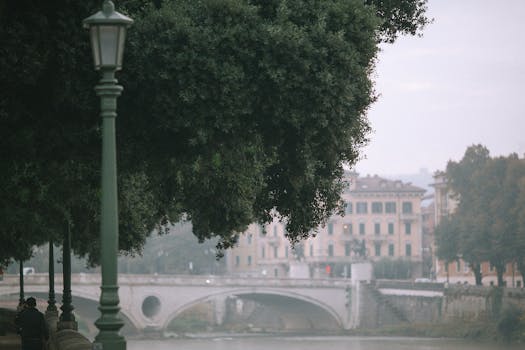
Urban Green Spaces: The Future of Outdoor Living in European Cities by 2025
Urban Green Spaces are becoming increasingly important in European cities, and for good reason. As the world becomes more urbanized, the need for green spaces has never been more pressing. In this article, we will explore the importance of urban green spaces and how they are shaping the future of outdoor living in European cities by 2025.
What are Urban Green Spaces?
Urban green spaces refer to any area of land in an urban environment that is covered with vegetation, such as parks, gardens, and green roofs. These spaces provide a range of benefits, including improved air quality, reduced noise pollution, and increased biodiversity. They also offer a space for recreation, relaxation, and socialization, making them an essential component of urban planning.
The Importance of Urban Green Spaces in European Cities
European cities are facing a range of challenges, including climate change, urbanization, and population growth. Urban green spaces can help to mitigate these challenges by providing a range of ecosystem services, including carbon sequestration, flood control, and heat island mitigation. They also provide a space for urban residents to connect with nature, which is essential for both physical and mental health.
Examples of Urban Green Spaces in European Cities
There are many examples of urban green spaces in European cities, each with its own unique character and benefits. Some examples include:
- The High Line in London, a raised park built on an old rail line
- The Bois de Vincennes in Paris, a large forested area with walking and cycling trails
- The Park Güell in Barcelona, a famous public park designed by Antoni Gaudí
- The Prater in Vienna, a large public park with gardens, walking trails, and a famous Ferris wheel
The Future of Urban Green Spaces in European Cities
As we look to the future, it is clear that urban green spaces will play an increasingly important role in shaping the outdoor living experience in European cities. With the rise of sustainable urban planning and green infrastructure, we can expect to see more innovative and effective uses of urban green spaces. This may include the use of green roofs, urban farms, and community gardens, as well as the incorporation of green spaces into urban design and architecture.
Conclusion
In conclusion, urban green spaces are a vital component of European cities, providing a range of benefits for both the environment and human health. As we look to the future, it is essential that we prioritize the creation and maintenance of these spaces, and incorporate them into our urban planning and design. By doing so, we can create more sustainable, livable, and healthy cities for generations to come.






